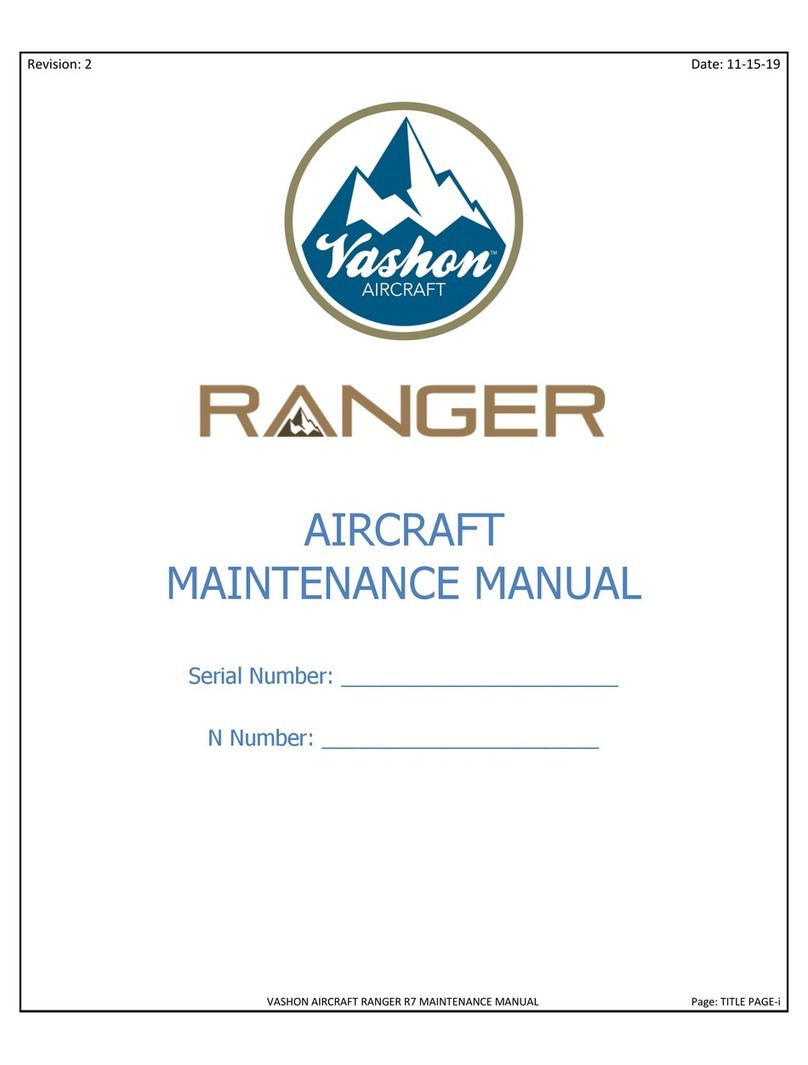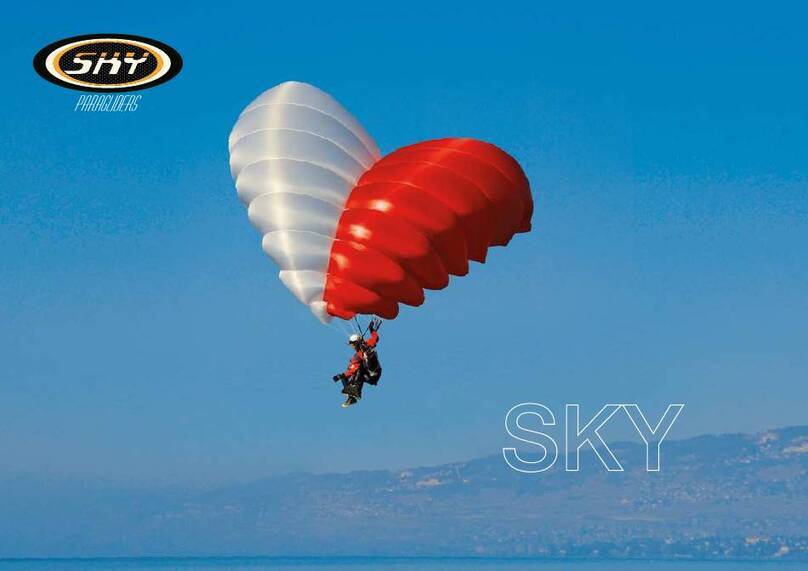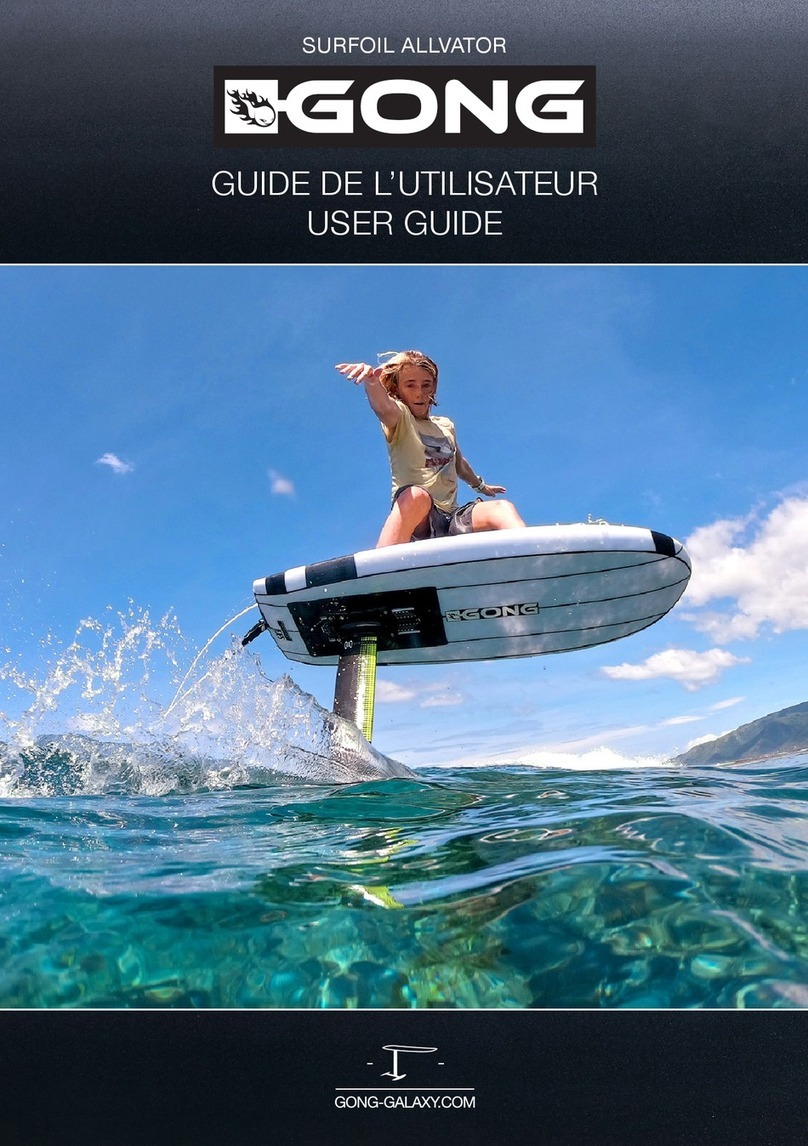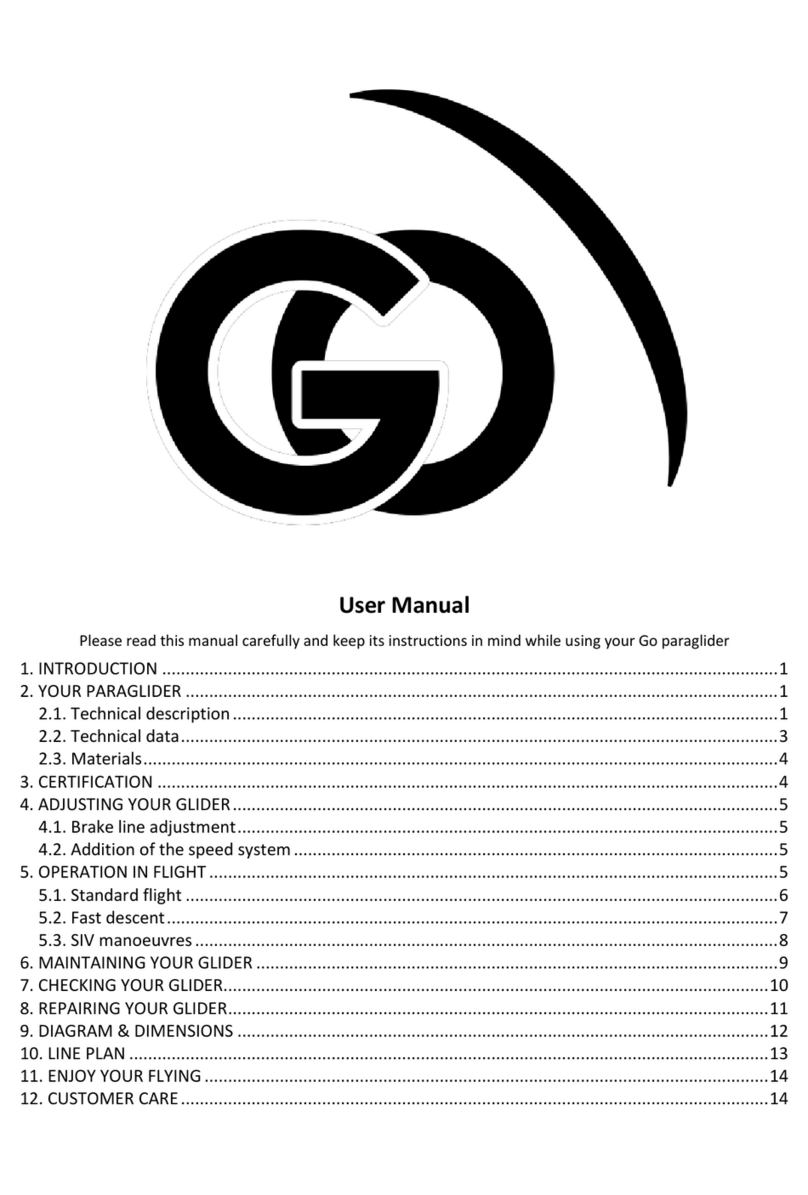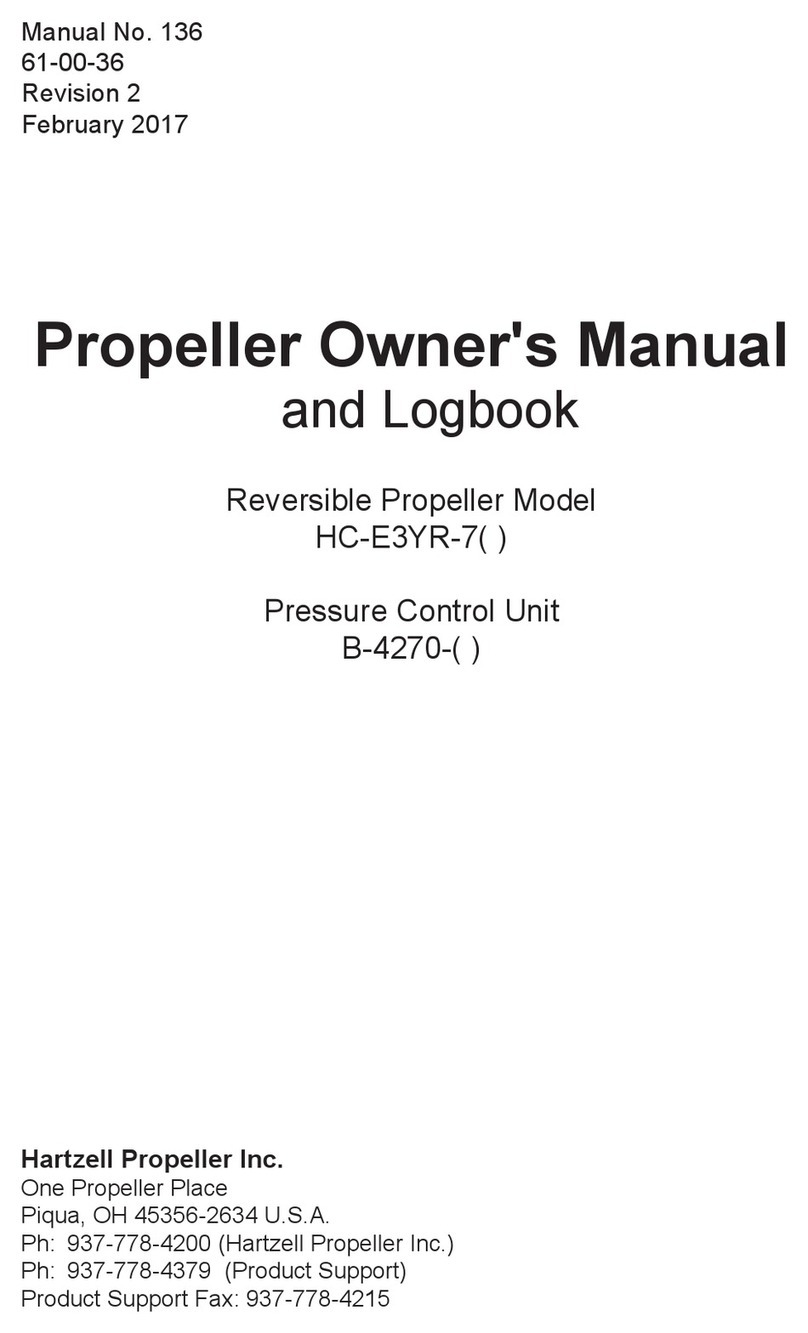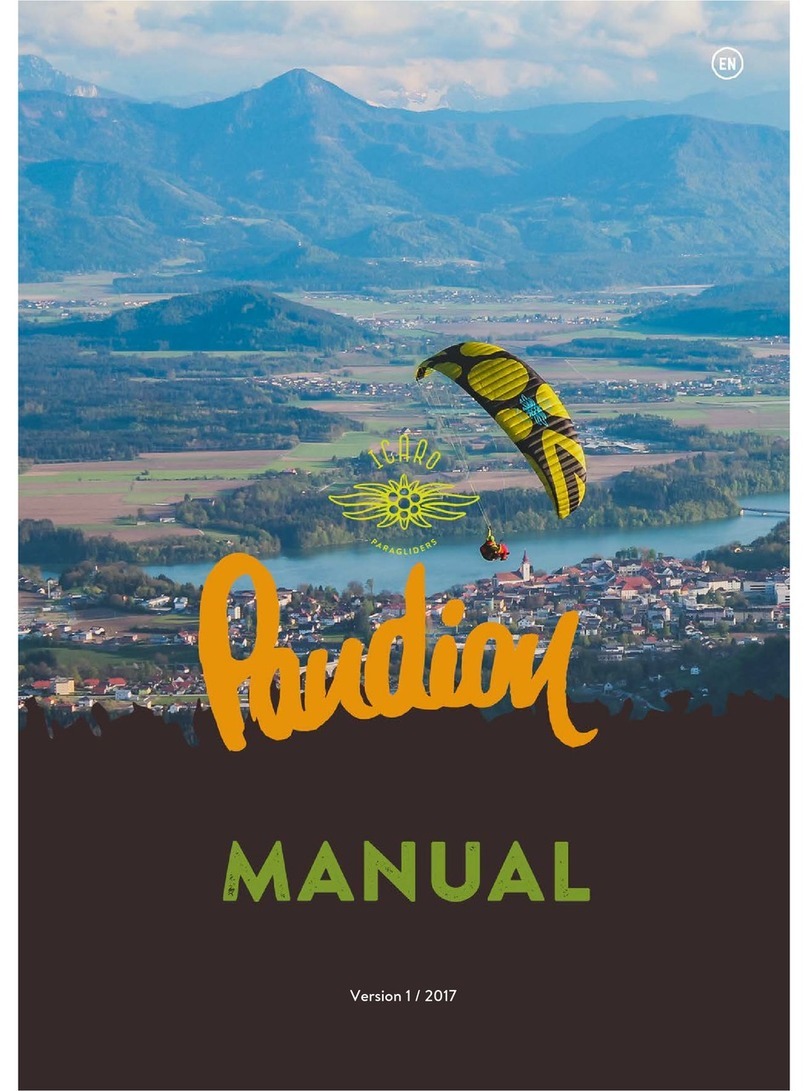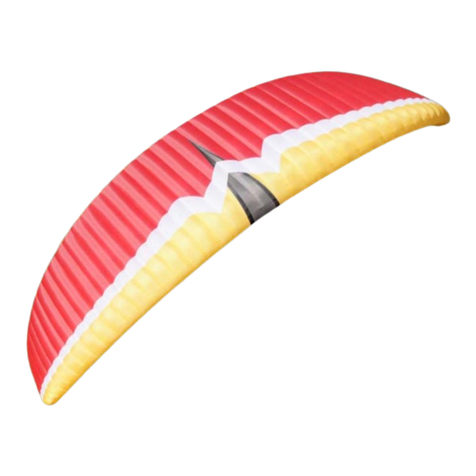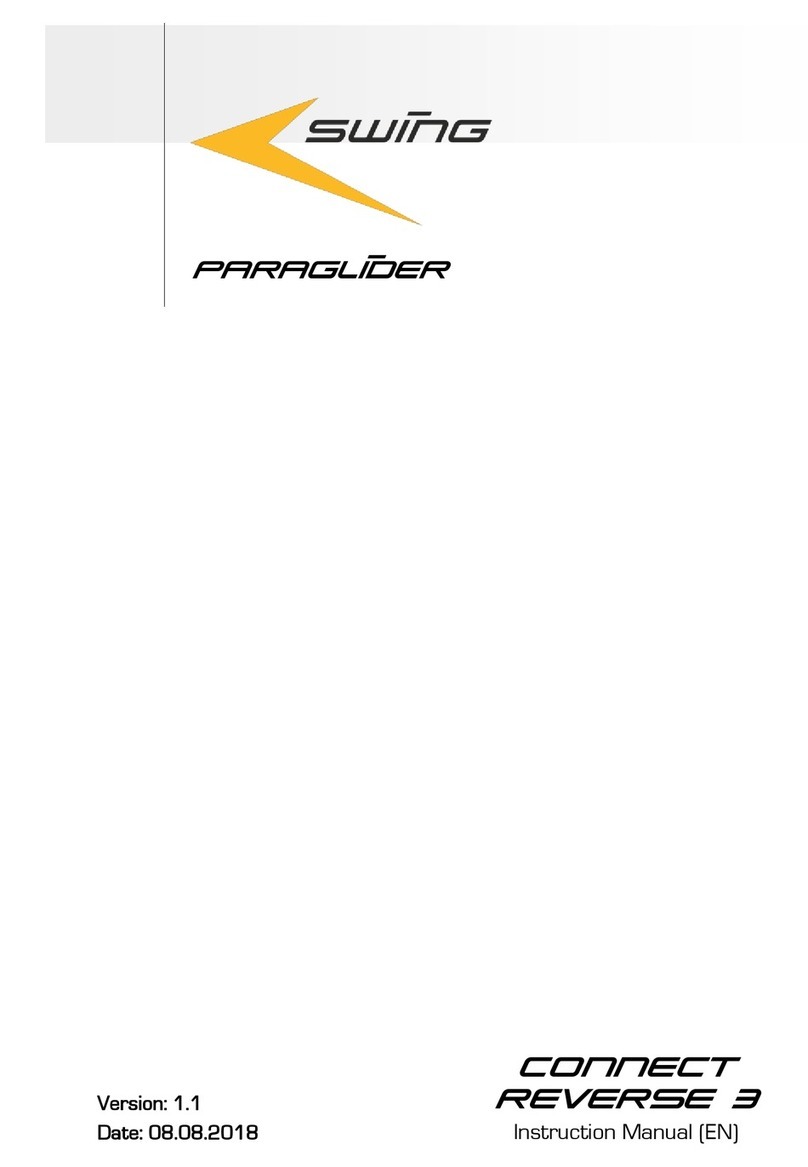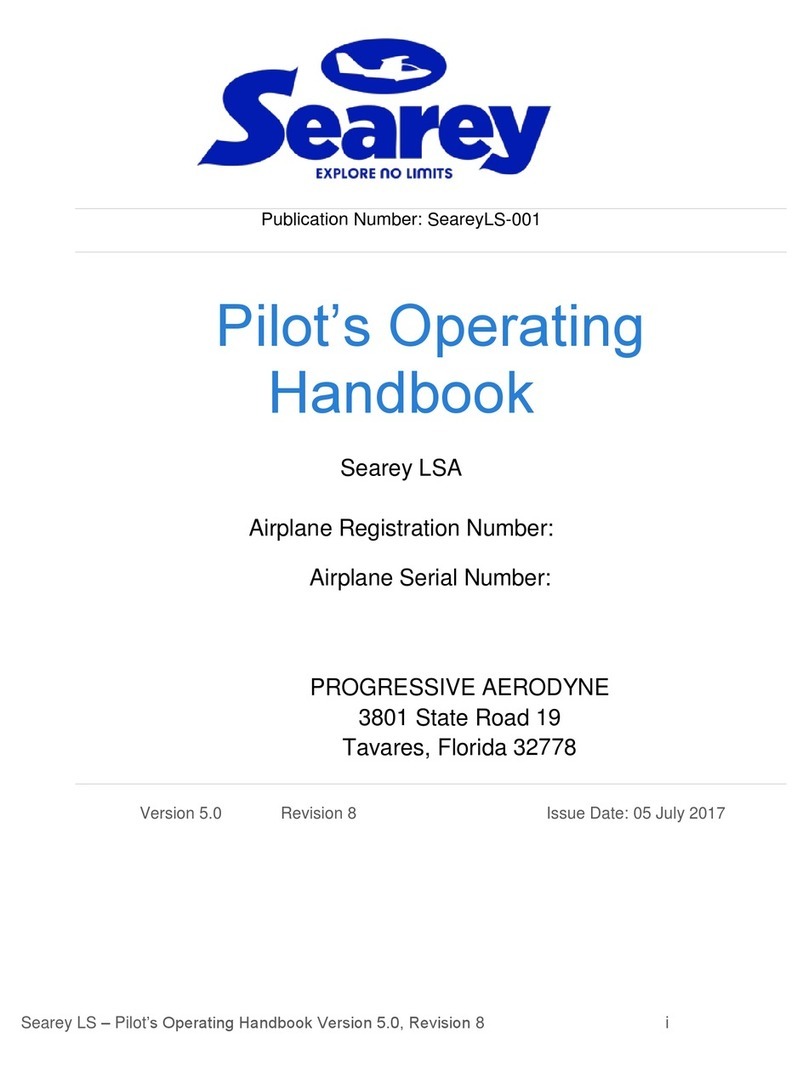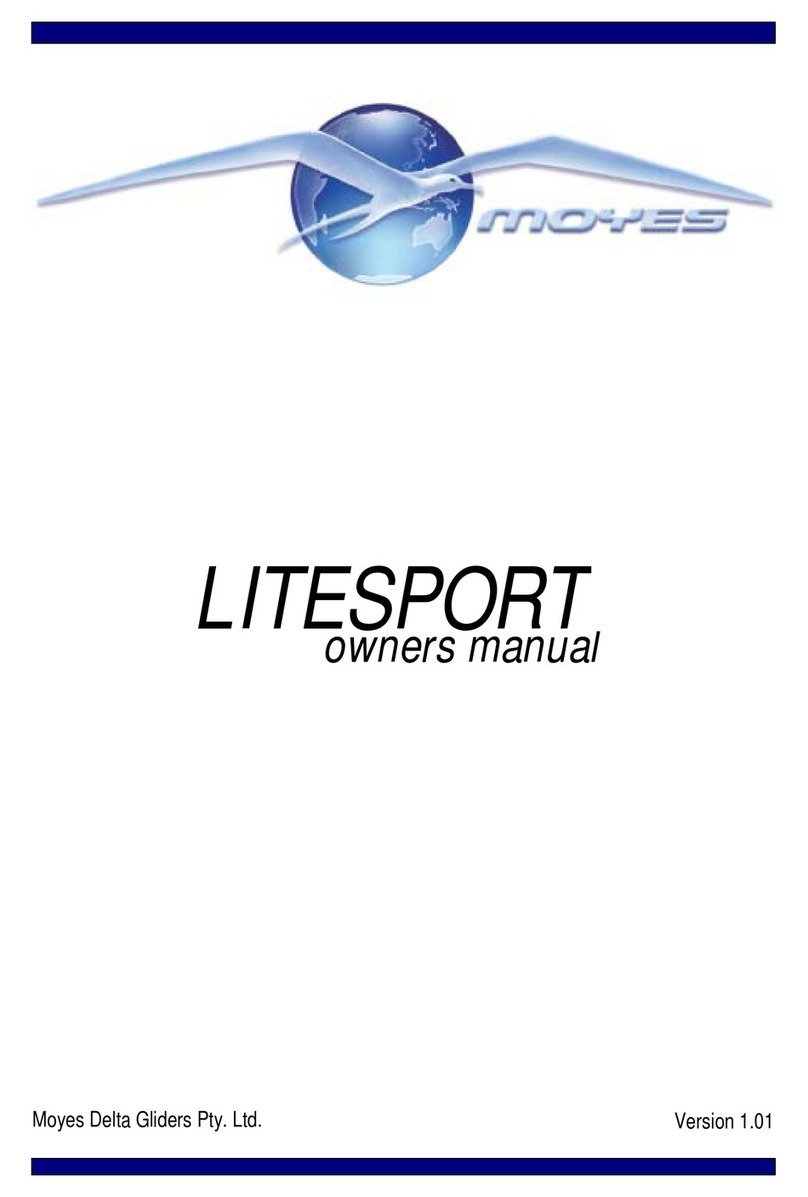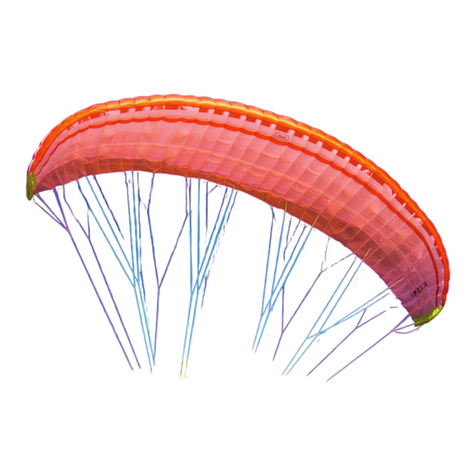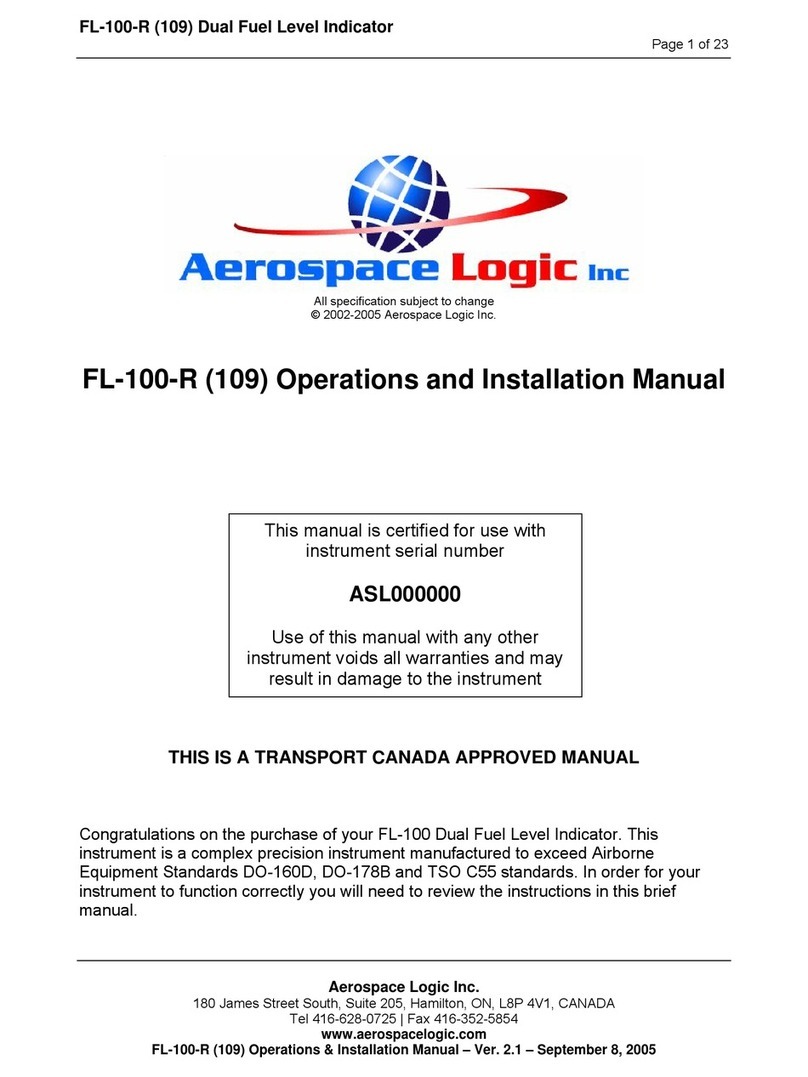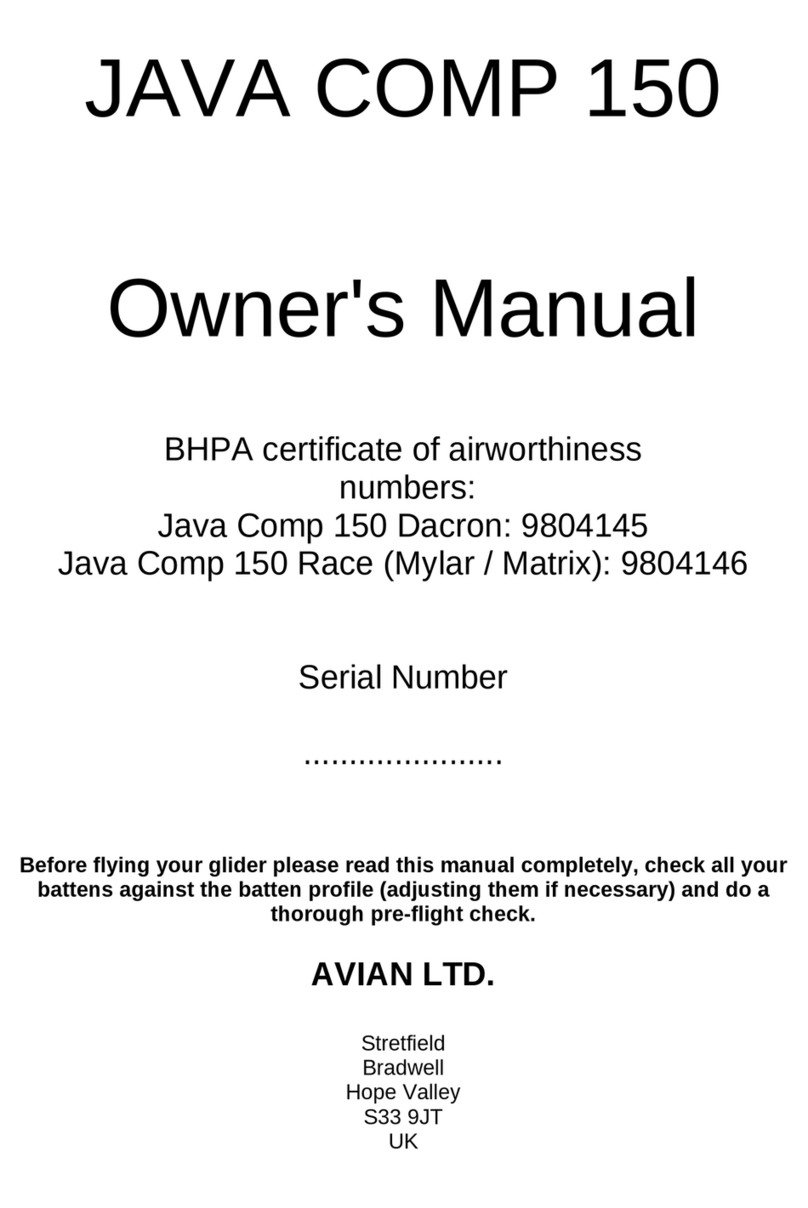Roko Aero NG 4 ML User manual

THIS MANUAL TO BE KEPT IN AIRCRAFT.
NG4-LSA
AEROSPORT AVIATION PTY LTD, MELBOURNE, AUSTRALIA.
REGISTRATION 24-7357
SR No. 001/2008
R
RO
OK
KO
O
A
AE
ER
RO
O
A
A.
.S
S.
.
V
VĚ
ĚT
TR
RN
NÁ
Á
1
16
60
04
4,
,
6
68
88
8
0
01
1
U
UH
HE
ER
RS
SK
KÝ
Ý
B
BR
RO
OD
D,
,
C
CZ
ZE
EC
CH
H
R
RE
EP
PU
UB
BL
LI
IC
C
phone.: +420 577 011 441 fax: +420 577 011 576www.rokoaero.com

SECTION 0
0. TECHNICAL INFORMATION
0.1 Record of revisions
0.2 List of effective pages
0.3 Table of contents

0.3 Table of contents
Section
TECHNICAL INFORMATION.....................................................0
GENERAL INFORMATION........................................................1
OPERATING LIMITATIONS.......................................................2
EMERGENCY PROCEDURES ..................................................3
NORMAL PROCEDURES..........................................................4
PERFORMANCE .......................................................................5
WEIGHT AND BALANCE ..........................................................6
AIRPLANE AND SYSTEMS DESCRIPTION..............................7
AIRPLANE HANDLING,SERVICING AND MAINTENANCE......8
REQUIRED PLACARDS AND MARKINGS ...............................9
SUPPLEMENTS ........................................................................10

1-1
Date of Issue: 04/2008
Revision: 1.0
SECTION 1
1. GENERAL INFORMATION
1.1 Introduction
1.2 Warnings, cautions and notes
1.3 Descriptive data
1.3.1 Aircraft description
1.3.2 Powerplant
1.3.3 Aircraft dimensions
1.3.4 Aircraft layout
1.4 Definitions and abbreviations

1-2
Date of Issue: 04/2008
Revision: 1.0
1.1 Introduction
NG 4 ML is a Light Sport Aircraft designed and built in ROKO AERO a.s.,
Uherský Brod, Czech Republic, based on FAA Light Sport Aircraft (LSA)
category according to ASTM Standards F2245, F2279 and F 2295.
This Aircraft Operating Instruction has been prepared to provide pilots with
information for the safe and efficient operation of NG 4 ML aircraft. It also
contains supplemental data supplied by the Aircraft Flight Training
Supplement.
1.2 Warnings, cautions and notes
The following definitions apply to warnings, cautions and notes in the
Pilot Operating Handbook.
WARNING
Means that the non-observation of the corresponding procedure
leads to an immediate or important degradation of the flight safety
i.e. to injury or death of persons.
CAUTION
Means that the non-observation of the corresponding procedure
leads to a minor or possible long term degradation of the flight
safety.
NOTE
Draws attention to any special item not directly related to safety, but
which is important or unusual.

1-3
Date of Issue: 04/2008
Revision: 1.0
1.3 Descriptive data
1.3.1 Aircraft description
NG 4 ML is airplane intended especially for recreational and cross-country
flying, non-aerobatics operation and basic training.
NG 4 ML is a single-engine, all metal, low-wing monoplane of semi-
monocoque construction with two side-by-side seats. The airplane is
equipped with a fixed tricycle undercarriage with stearable nose wheel.
1.3.2 Powerplant
The standard powerplant is composed of ROTAX 912 ULS 98.6 hp,
4-cylinder, 4-stroke engine and Woodcomp Klassic 170/3/R or SR 3000
170/3/R propeller.
1.3.3 Aircraft dimensions
Wing span............................................10,1 m
Length..................................................6,45 m
Height ..................................................2.28 m
Wing area............................................13 sq m
Wing loading........................................46,1 kg/sq m
Cockpit width .......................................1,3 m
Deflection:
Rudder deflections...............................30° to each side
Elevator deflections .............................+ 30°/- 15°
Aileron deflections ...............................+ 22°/-11°
Flap deflections....................................0° to 35°
Aileron trim deflections ........................+ 15°/- 20°
Elevator trim deflections ......................+ 15°/- 25°

1-4
Date of Issue: 04/2008
Revision: 1.0
1.3.4 Aircraft layout

1-5
Date of Issue: 04/2008
Revision: 1.0
1.4 Definitions and abbreviations
ATC Air Traffic Control
ASI Airspeed Indicator
BEACON anti-collision beacon
CAS Calibrated Airspeed
COMM communication transmitter
EFIS Electronic Flight Instrument System
ELT Emergency Locator Transmitter
EMS Engine Monitoring System
°F temperature in degree of Fahrenheit
ft foot / feet
ft/min feet per minute
GPS Global Positioning System
hp power unit
IAS Indicated Airspeed
IC Intercom
IFR Instrument Flight Rules
in inch
ISA International Standard Atmosphere
knot NM per hour
lb pound
MAC Mean Aerodynamic Chord
max. maximum
min. minimum or minute
mph statute miles per hour
NM Nautical Mile
OFF system is switched off or control element is in off-position
ON system is switched on or control element is in on-position

1-6
Date of Issue: 04/2008
Revision: 1.0
OAT Outside Air Temperature
POH Pilot Operating Handbook
psi pound per square inch - pressure unit
rpm revolutions per minute
sec. second
US gal volume unit
VFR Visual Flight Rules
VMC Visual Meteorological Conditions
VAmaneuvering airspeed
VFE maximum flap extended speed
VNO maximum designed cruising speed
VNE never exceed speed
VSO stall speed with wing flaps in extended position
VS1 stall speed with wing flaps in retracted position
VXbest angle of climb speed
VYbest rate of climb speed

3-1
Date of Issue: 04/2008
Revision: 1.0
SECTION 2
2. OPERATING LIMITATION
2.1 Introduction
2.2 Airspeed
2.3 Airspeed Indicator Markings
2.4 Powerplant
2.4.1 Engine operating speeds and limits
2.4.2 Fuel
2.4.3 Oil
2.4.4 Coolant
2.5 Powerplant Instrument Markings
2.6 Miscellaneous Instrument Markings
2.7 Weight
2.8 Center of Gravity
2.9 Approved Maneuvers
2.10 Maneuvering Load Factors
2.11 Crew
2.12 Kinds of Operation
2.13 Other Limitations

3-2
Date of Issue: 04/2008
Revision: 1.0
2.1 Introduction
Section 2 includes operating limitations, instrument markings and basic
placards necessary for the safe operation of the aircraft, its engine,
standard systems and standard equipment.
2.2 Airspeed
Airspeed limitations and their operational significance are shown below:
Speed
KIAS
Remarks
VNE
Never exceed
speed
145
Do not exceed this speed in any
operation.
VNO
Max. structural
cruising speed
129
Do not exceed this speed except in
smooth air, and then only with caution.
VA
Maneuvering
speed
89
Do not make full or abrupt control
movement above this speed,
because under certain conditions full
control movement may overstress the
aircraft.
VFE
Maximum Flap
Extended Speed
75
Do not exceed this speed with flaps
extended.

3-3
Date of Issue: 04/2008
Revision: 1.0
2.3 Airspeed indicator markings
Airspeed indicator markings and their color-code significance are shown
below:
Marking
IAS value or range
Significance
KIAS
White
arc
30-75
Flap Operating Range.
Green
arc
36-129
Normal Operating Range.
Yellow
arc
129-145
Maneuvers must be conducted with
caution and only in smooth air.
Red line
145
Maximum speed for all operations.

3-4
Date of Issue: 04/2008
Revision: 1.0
2.4 Powerplant
2.4.1 Engine operating speeds and limits
Engine Model:
ROTAX 912 ULS
Engine Manufacturer:
Bombardier-Rotax GMBH
Power
Max Take-off:
98.6 hp
at 5800 rpm, max.5 min.
Max. Continuous:
92.5 hp
at 5500 rpm
Cruising:
68.4 hp
at 5000 rpm
Engine RPM
Max. Take-off:
5800 rpm, max. 5 min.
Max. Continuoust:
5500 rpm
Cruising:
5000 rpm
Idling:
~1400 rpm
Cylinder head
temperature:
Minimum:
-
Maximum:
248 / 275° F *
Optimum:
167 - 230° F
Oil
temperature
Minimum:
122° F
Maximum:
266° F
Optimum:
194 - 230° F
Oil pressure:
Minimum:
12 psi - below 3500 rpm
Maximum:
102 psi -cold engine starting
Optimum:
29 - 73 psi - above 3500 rpm
* Max. CHT temperature depend on the type of coolant used in engine.
- see Section 2.4.4 and Section 10 Supplement No.2

3-5
Date of Issue: 04/2008
Revision: 1.0
2.4.2 Fuel
This fuel can be used:
(refer to engine Operator’s Manual)
- min. RON 95, EN 228 Premium, EN 228 Premium plus,
AVGAS100LL
- Fuel according to FAA - Standard Spec. for Automotive Spark-
Ignition Engine Fuel, ASTM D 4814 or AVGAS 100 LL
- Fuel according to DOT - CAN/CGSB-3.5 Quality 3 min AKI 91
or AVGAS 100 LL, 93 Octane Automotive Fuel
Due to higher lead content in AVGAS, the wear of the valve seats
and deposits in the combustion chamber will increase. Therefore,
use AVGAS only if you encounter problems with vapor lock or if
the other fuel types are not available.
Fuel volume:
Wing fuel tank volume....................2x65 ltr
Unusable fuel quantity....................2x0,1 ltr
2.4.3 Oil
Oil type:
(refer to engine Operator’s Manual)
Use motorcycle a 4 stroke engine oil of registered brand with gear
additives, but not aircraft oil. Use only oil with API classification „SG“
or higher! Use of multi-grade no mineral oils is recommended.
NOTE: Type of oil used by aircrafts manufacturer is shown in Section 10
Supplement No.2.
Oil volume:
Minimum.........................................3,24 ltr
Maximum........................................3,6 ltr
2.4.4 Coolant
Coolant type:
(refer to engine Operator’s and Installation Manuals)
The water-free coolant concentrate can be used based on propylene
glycol. The conventional glycol/water coolant mixture can also be
used. The conventional glycol/water coolant mixture reduce to apply
the max.permissible cylinder head temperature.

3-6
Date of Issue: 04/2008
Revision: 1.0
NOTE: Type of coolant used by aircrafts manufacturer is shown in Section 10
Supplement No.2.
Coolant liquid volume:
It is about .......................................2,5 ltr
2.4.5 Powerplant instrument markings
Analogue engine instruments markings and their color-code significance
are shown below.
Rotax 912ULS
98.6 hp
Minimum
Limit
(red line)
Normal
Operating
Range
(green arc)
Caution
Range
(yellow arc)
Maximum
Range
(red line)
Engine speed
[RPM]
1400
1400-5500
5500-5800
5800
Oil
Temperature
50°C
(122°F)
50-110°C
(122-230°F)
110-130°C
(230-266°F)
130°C
(266°F)
Exhaust
Gas Temp.
(EGT)
-
800-850°C
(1472-
1562°F)
850-880°C
(1562-1616°F)
880°C
(1616°F)
Cylinder Head
Temperature
(CHT)
50°C
(122°F)
50-110°C
(122-230°F)
110-120 / 135°C *
(230-248 / 275°F)
120 / 135°C
*
(248 / 275°F)
Oil
Pressure
0,8 bar
(12 psi)
0,8-5 bar
(12-73 psi)
5-7 bar
(73-102 psi)
7 bar
(102 psi)
cold engine
starting
* Max. CHT temperature depend on the type of coolant used in engine.
- see Section 2.4.4 and Section 10 Supplement No.2

3-7
Date of Issue: 04/2008
Revision: 1.0
2.5 Miscellaneous Instrument Marking
Note: There are not any miscellaneous instrument marking

3-8
Date of Issue: 04/2008
Revision: 1.0
2.6 Weight
Empty weight (standard equipment) ................... 340 kg
NOTE
Actual empty weight is shown in SECTION 6
Max. take-off weight............................................ 600 kg
Max landing weight ............................................. 600 kg
Max. weight of fuel.............................................. 98 kg
Max. baggage weight in rear fuselage................ 15 kg
Max. baggage weight in each wing locker.......... 20 kg
2.7 Center of gravity
Operating C.G. range.......................................... 25 to 35 % of MAC
2.8 Approved maneuvers
Airplane Category: LSA
The NG 4 ML is approved for normal and below listed maneuvers:
Steep turns not exceeding 60° bank
Lazy eights
Chandelles
Stalls (except whip stalls)
WARNING
Aerobatics and intentional spins are prohibited !
2.9 Maneuvering load factors
Maximum ultimate positive limit load factor....... +6 g
Maximum ultimate negative limit load factor...... - 4 g

3-9
Date of Issue: 04/2008
Revision: 1.0
2.10 Crew
Number of seats............................................. 2
Minimum crew ................................................ 1 pilot in the left seat
Minimum crew weight..................................... 55 kg
Maximum crew weight .................................... see SECTION 6
WARNING
Do not exceed maximum take-off weight 600 kg !
2.11 Kinds of operation
There are permitted Day VFR flights, Night VFR flights are permitted
with installation of optional Night Lighting Package and operation by an
appropriate rated pilot.
WARNING
IFR flights and intentional flights under icing conditions are
PROHIBITED!
Minimum instruments and equipment list for VFR flights:
-Airspeed indicator
-Altimeter
-Compass (is not required by ASTM F 2245)
- Fuel quantity indicator
-Tachometer (RPM)
- Oil temperature indicator
- Oil pressure indicator
- Cylinder head temperature indicator
2.12 Other limitations
No smoking on board of the aircraft!

3-10
Date of Issue: 04/2008
Revision: 1.0
SECTION 3
3. EMERGENCY PROCEDURES
3.1 Introduction
3.2 Engine Failure
3.2.1 Engine failure during take-off run
3.2.2 Engine failure during take-off
3.2.3 Engine failure in flight
3.3 In-flight Engine Starting
3.4 Smoke and Fire
3.4.1 Fire on ground at engine starting
3.4.2 Fire on ground with engine running
3.4.3 Fire during take-off
3.4.4 Fire in flight
3.4.5 Fire in the cockpit
3.5 Glide
3.6 Landing Emergencies
3.6.1 Emergency landing
3.6.2 Precautionary landing
3.6.3 Landing with a flat tire
3.6.4 Landing with a defective landing gear
3.7 Recovery from Unintentional Spin
3.8 Other emergencies
3.8.1 Vibration
3.8.2 Carburetor icing

3-11
Date of Issue: 04/2008
Revision: 1.0
3.1 Introduction
Section 3 provides checklists and amplified procedures for coping with
various emergencies that may occur. Emergencies caused by aircraft or
engine malfunction are extremely rare if proper pre-flight inspections and
maintenance are practiced.
However, should an emergency arise, the basic guidelines described in
this section should be considered and applied as necessary to correct
the problem.
3.2 Engine Failure
3.2.1 Engine failure during take-off run
1. Throttle - reduce to idle
2. Ignition - switch off
3. Apply brakes
3.2.2 Engine failure during take-off
1. Speed - gliding at 65 KIAS
2. Altitude - below 150 ft: land in take-off direction
- over 150 ft: choose a landing area
3. Wind - find direction and velocity
4. Landing area - choose free area without obstacles
5. Flaps - extend as needed
6. Fuel Selector - shut off
7. Ignition - switch off
8. Safety harness - tighten
9. Master switch - switch off before landing
10.Land
Table of contents
